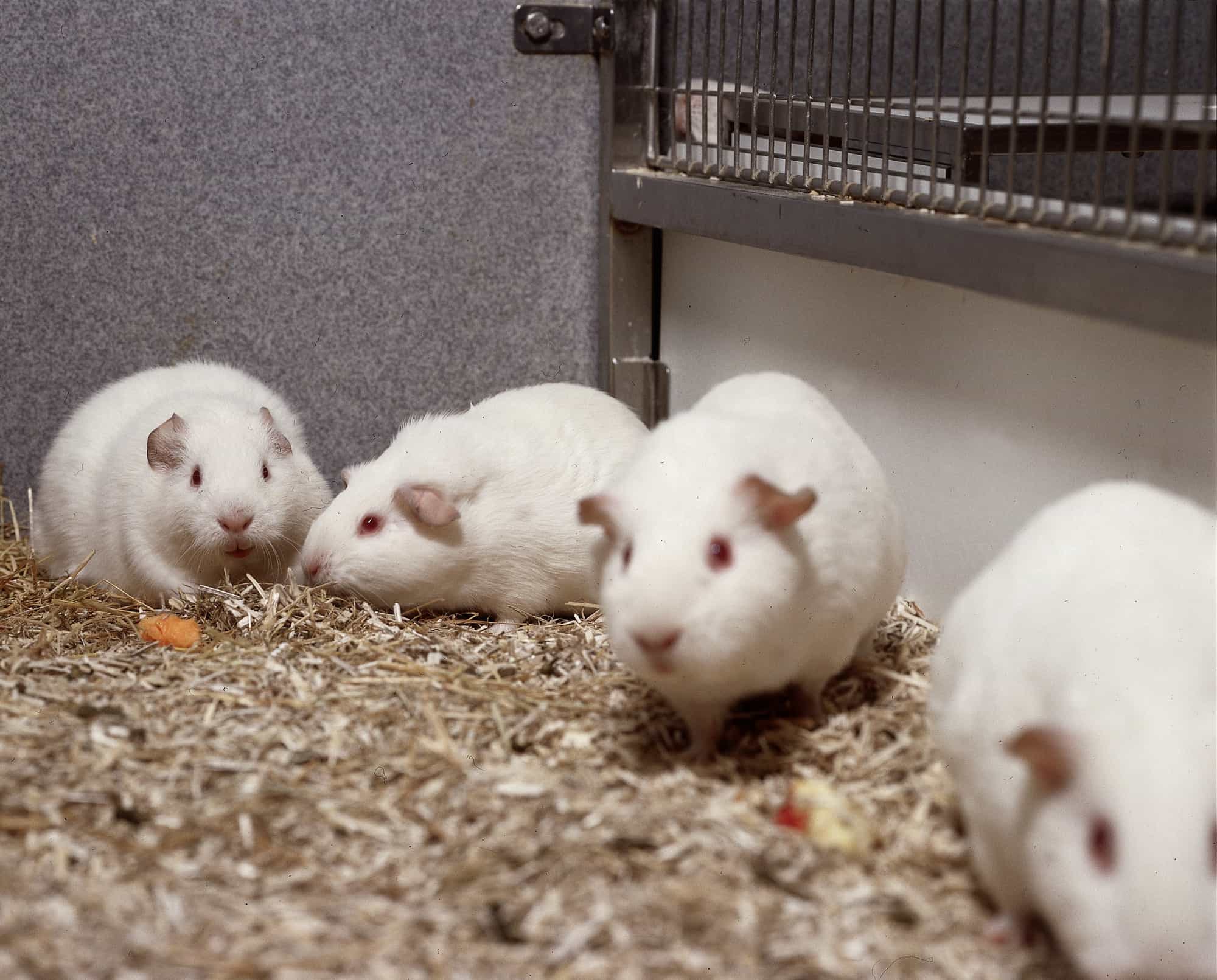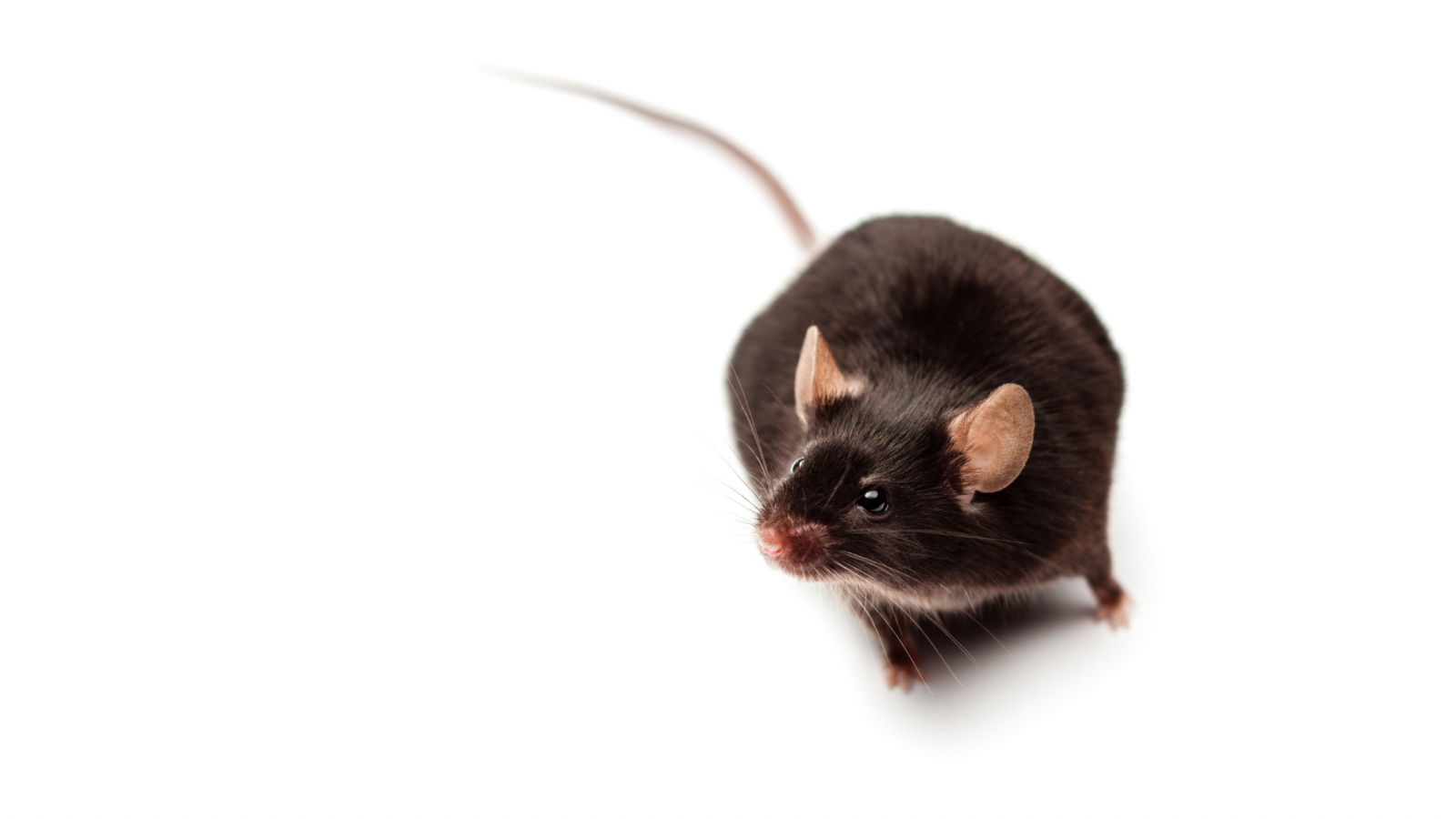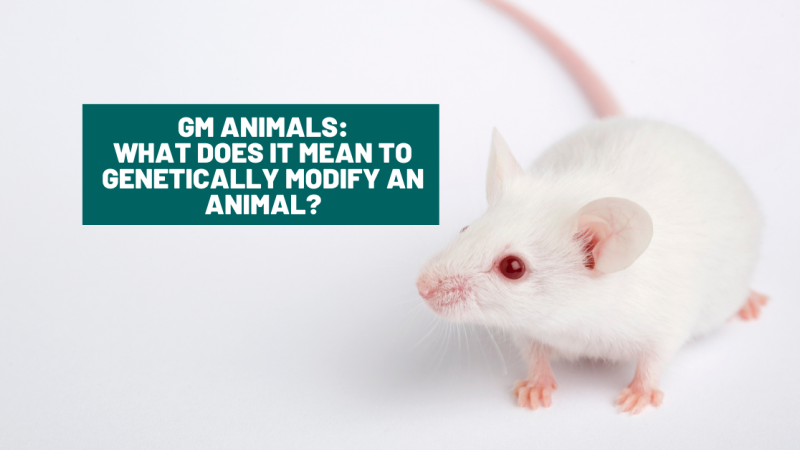Researchers are recruiting patients for the first gene therapy trial for deafness, just one year after it was successfully demonstrated in mice.
The trial uses a virus to insert a gene into the patients' DNA that helps to repair damaged hair cells in the inner ear. These hair cells are responsible for amplifying sound signals and transmitting them to the brain. Hair cells, which cannot be repaired naturally, can be damaged by diseases, antibiotics or loud noises.
Much research into treating deafness has focussed on how other species, such as birds and fish, are able to repair their hair cells. In this case the gene being inserted, called Atoh1, is naturally found in humans and mice. The gene is responsible for hair cell development in embryos but the extra boost given through gene therapy prompts the hair cells to start replicating and repairing.
The link between Atoh1 (also called Math1) and improved hearing has been known since 2000 from a study using rats. It has taken the past decade to find the best way to deliver the gene into the patient, which have come through several studies in guinea pigs.

The researchers, from University of Kansas Medical Center, published details of a successful trial in mice last year and are due to start the human trials in two months. Researchers are planning to recruit patients who are profoundly deaf, yet who still have the supporting structures for the hair cells. The hope is to give these people a natural sense of hearing again. In mice, the gene therapy improved hearing by 20 decibels within 2 months. "This is about the same difference between hearing with your hands over your ears, and what you hear ordinarily," said Lloyd Klickstein, from Novartis who is collaborating in the trial.
The virus has to be inserted into the cochlea which is reached by peeling back the ear drum and inserting the needle through a small hole made by a laser. This approach is the same for mice and for humans.
If the trial is a success, then the therapy could be given people with some level of hearing. The doctors are cautious about interfering with residual hearing but the hope is that it could offer much greater quality sound than hearing aids or cochlear implants.
"The holy grail is to give people natural hearing back," said Hinrich Staecker, the lead researcher in the trial. "That's what we hope to do – we are essentially repairing the ear rather than artificially imitating what it does."
Last edited: 6 April 2022 10:11



